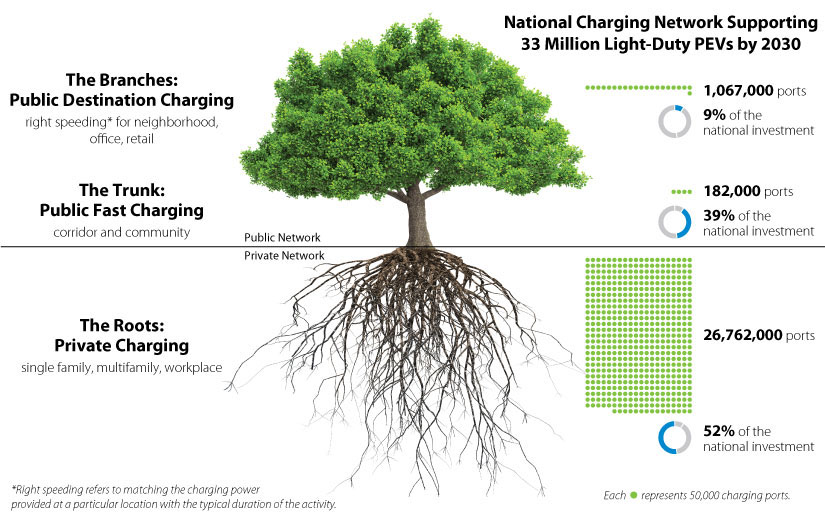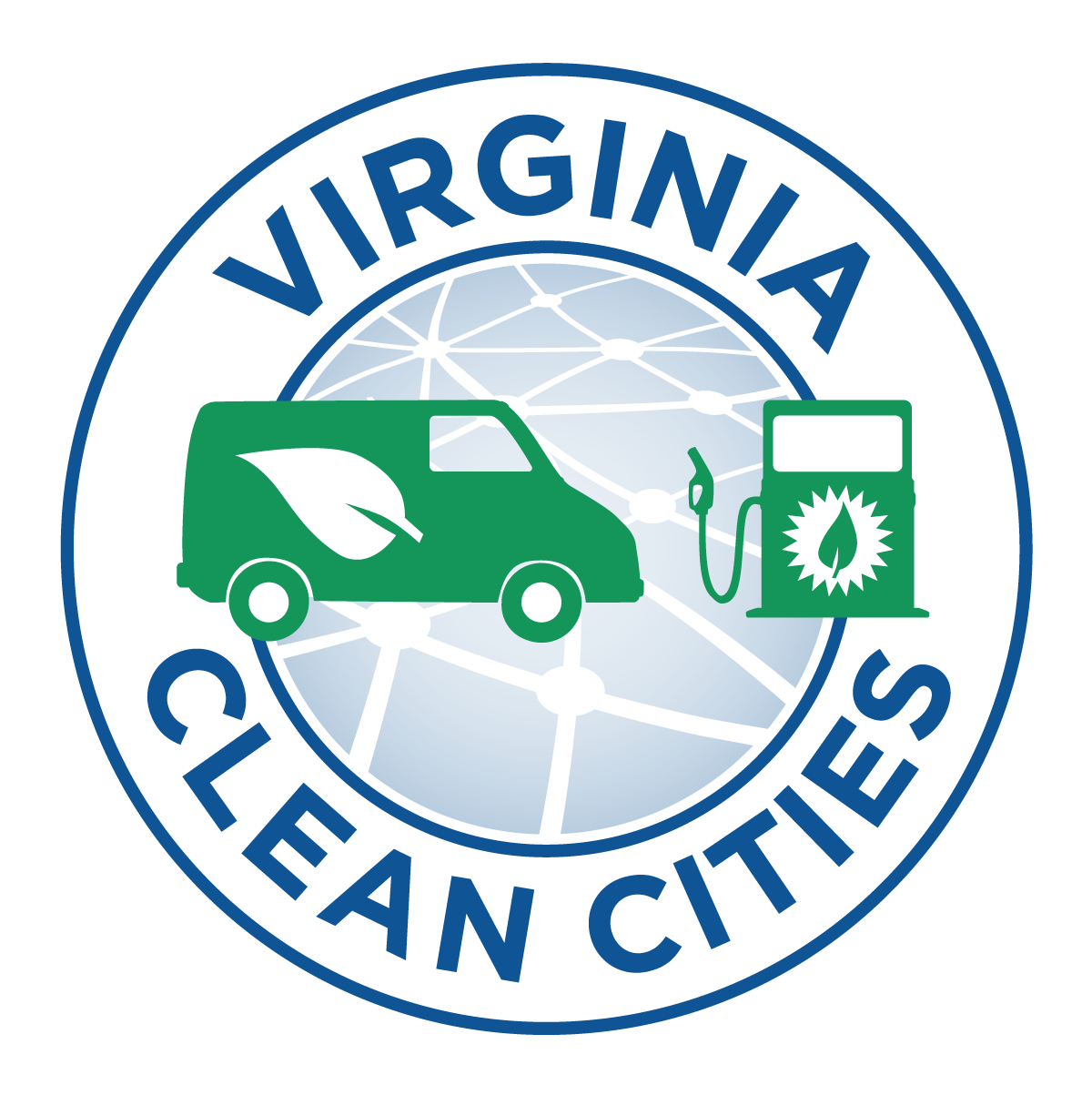
NREL Analysis in Support of U.S. Clean Energy Goals
With the implementation of ambitious federal clean energy policies, the commitment of automotive companies to transition to zero-emission vehicles and the growing demand for electric vehicles (EVs) from consumers, experts predict that by 2030 there could be 30-42 million light-duty EVs on American roads. To support this transition and facilitate the widespread adoption of EVs, researchers at the National Renewable Energy Laboratory (NREL) collaborated with the Joint Office of Energy and Transportation and the U.S. Department of Energy’s Vehicle Technologies Office to release a comprehensive quantitative analysis titled “The 2030 National Charging Network: Estimating U.S. Light-Duty Demand for Electric Vehicle Charging Infrastructure.”
The study serves as a vital tool in assessing the requirements for a national charging network capable of accommodating the nation’s EV transition, aiding the Joint Office’s mission to deploy a network of EV chargers and electric public transportation across the country. The findings align with the administration’s objectives of establishing a national EV charging network and striving for the majority of new car sales to be battery-electric vehicles by 2030.
Analysis Results & Findings
In order to accommodate a mid-adoption scenario of 33 million EVs on the road by 2030, the nation will require 28 million charging ports. While private residential chargers will serve as the backbone of the national ecosystem due to the strong preference for overnight charging among EV owners, it must be supplemented with reliable public fast charging options.
The research team estimates that the national charging infrastructure must include 182,000 publicly accessible fast charging ports to support long-distance travel, electrify ride-hailing services and cater to individuals lacking access to residential charging. Approximately 1 million Level 2 charging ports should further be available at publicly accessible locations such as high-density neighborhoods, office buildings and retail outlets. This is in addition to 8 million Level 1 and Level 2 charging ports needed at privately accessible locations such as single-family homes, multifamily properties and workplaces. The key takeaway of the study is that a comprehensive understanding of the necessary measures for implementation of the future EV charging network is essential for an effective deployment strategy.
To learn more about the National Charging Network Report or NREL, please visit the links below:
2030 National Charging Network Report
National Renewable Energy Lab: Building the 2030 National Charging Network
